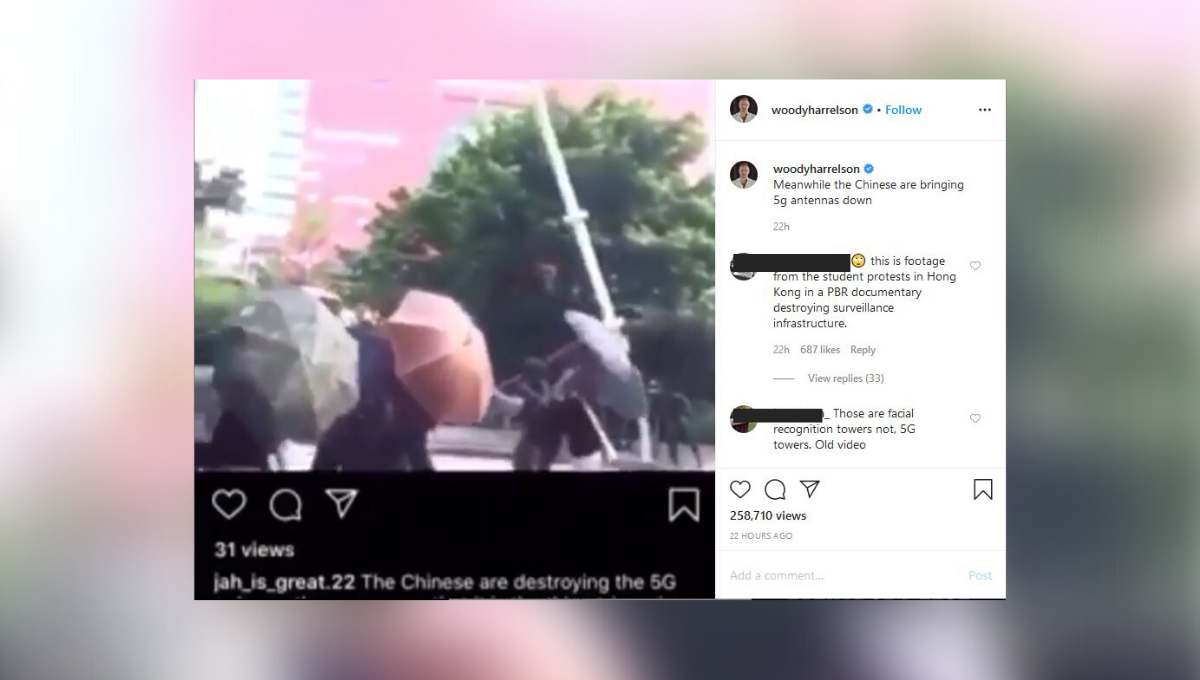If you've ever walked through a town you might have noticed tiny 5G cell towers on street light poles. They look like little boxes however, they're actually transmitting wireless signals from mobile providers to your phone.
cell phone radiation are replacing larger specially-designed cell towers. Although they're not as visible however, they could cause issues for users.
A Federal Communications Commission's Radiation Exposure Thresholds

The FCC's Radiation Exposure Thresholds determine the safe distance that an individual can be exposed to electromagnetic energy generated by wireless devices. The limits for exposure are based on scientific data that show that RF energy can be harmful to health.
cell phone radiation effects on human body (SAR) is a measure of the radiofrequency energy absorption by tissues. It is typically 1.6 watts per kilogram, averaged over one kilogram of tissue.
Since 5g is able to transmit at higher frequencies and has the potential to cause greater energy intensity on the skin as well as other body parts. This could lead to various possible harms, such as an increase in formation of skin disorders such as dermatitis and skin cancer and cataracts.
Due to the potential for negative effects of 5G radiation, PSU has chosen to establish a general, localized maximum power density of four mW/cm2 based on the average on 1cm2, but not to exceed 30 minutes for the entire 5G spectrum at 3000 GHz. This localized limit is consistent with the peak SAR that is spatially averaged at 1.6 W/kg averaged over 1 g of tissue at 6 GHz.
The FCC's Maximum Exposure Thresholds
If you've ever used a mobile phone, you're probably aware that a safe distance from the tower is at least 400 meters. This is because the power of transmission from the cell tower is significantly increased the further away your location from the tower.
Although this may sound like something that's good but the truth is that those living close to towers might be more vulnerable to health issues. For instance, a 2014 study in India discovered that people who lived within 50 meters of cell towers had significant more health issues than those who lived farther away from the antennas.
However, this study also showed that residents who moved to areas further away from cell towers noticed their symptoms improve within a couple of days. Other studies have shown that exposure to high frequencies of radiofrequency electromagnetic fields (EMFs) could cause cancer, brain tumors as well as other health issues.
This is due to the fact that radiofrequency radiation, which is utilized in wireless communications, may be absorbed by the body's outer layer of skin. It is crucial to know because the skin acts as a barrier to protect against injuries caused by mechanical forces, infections by pathogenic microorganisms, and the entry of harmful substances. The skin is the most important organ of the human body, and is accountable for protecting other organs.
The FCC's Minimum Exposure Thresholds
The FCC's Minimum Exposure Thresholds rely on a variety of assumptions that are not supported by scientific research. This includes the false assumption that exposures of a short duration to RF radiation are safe because of the minimal radiation penetration in the human body (i.e. the heating of tissues).
The assumption is also ignoring the greater penetration of ELF components of modulated RF signals, as well as the effects of short bursts of heat caused by RF pulses. These theories are not compatible with current knowledge of the biological effects of RF radiation. Therefore, they should not be used for health protective exposure standards.
Furthermore, the ICNIRP and FCC are limiting their limit of exposure to the local SARs that are based on the peak spatial specific absorption rate (psSAR) which is an inadequate dosimetric tool for determining the level of radiation exposure. Particularly it is inconclusive for frequencies that exceed 6 GHz. Furthermore, psSAR has not been tested for RF radiation with co-exposure to other agents of the environment such like sunlight. Interactions of RF radiation with other environmental agents may cause synergistic or antagonistic results. This would result in the risk of having adverse health effects. For is 5g harmful for humans and the environment , co-exposure to RF radiation along with exposure to sunlight can increase the risk of skin cancer and exacerbate other skin disorders, such as acne.
